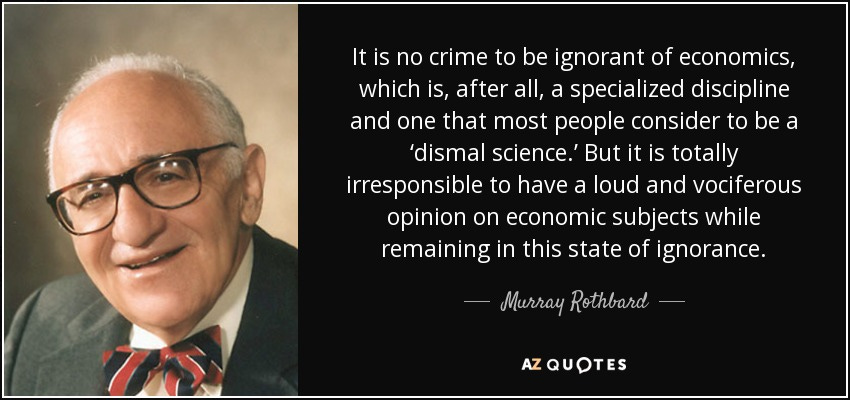Hot inflation is again making waves in economic release data. The ISM Non Manufacturing Prices subindex was posted today. It has increased to 83.8 points in March from 83.1 points in February. It’s the highest reading in 3 months.
Prices have been on a tear and continue to push the upper limit of the survey. All 18 service industries surveyed reported an increase in prices paid during the month of March. Some of the survey respondent’s insights were particularly interesting.
“Grain and fertilizer prices are near all-time highs, resulting in decreased purchasing.” [Agriculture, Forestry, Fishing & Hunting]
“Pricing pressures are stronger than ever due to the Russia-Ukraine [war], and energy costs are skyrocketing.” [Construction]
“Energy costs are putting a pinch on all suppliers. We have received many surcharge notices.” [Information]
“Concerns over inflation and rising energy prices are causing our company to take a cautious approach, especially related to planned capital expenditures.” [Management of Companies & Support Services]
“Constrained supply of many key product groups continues. Inflation worsening. Overall sales and profitability continue to be strong.” [Wholesale Trade]
Bold is mine.
This signals to me that inflation will get worse before it gets better. Unfortunately, when it gets worse, the wickedest and foulest ideas will be put into place in an attempt to “do something”. What I’m talking about is price controls.
Price controls are a repeated failure of government intervention. They have a proven historical record of never working. The current administration has already floated several trial balloons for the idea. Any intervention in the free market causes distortions but price controls are the most malicious and destructive of them all. This is due to the distortions that they cause once implemented. Once price controls take hold, they create a feedback loop in the economy that influences the producers. This influence reduces the producers willingness to ramp up production and instead worsens the underlying problem in the first place.
Price controls will be sold as a means to try to alleviate the inflationary pressure the public is feeling. I imagine that they will start with gas but it wouldn’t take much for the government to want to control groceries, energy bills, and other necessities. The economic ignorant will champion the idea and then double down when it fails. Thankfully there are a few that are standing up and refuting the idea (WSJ paywalled).
Speaking of the economically ignorant, we were treated to Fed Pres Kashkari and Brainard speaking today. It is with great reluctance that I am moving Brainard into the inner circle at the Fed. In the past there have usually been 2 or 3 Fed members who truly ran the show. I believe the current inner circle is Powell, Brainard. At one point I believed Williams was part of this inner circle and that because of it, he got the job at the NY Fed but he has lost significant sway and I would not be surprised to see him retire soon and Daly then take up the role.
Back to Brainard, she spoke at a conference sponsored by the Minneapolis Fed (where Kashkari is pres). She stated that,
“it is of paramount importance to get inflation down”.
To do so the Fed will
“continue tightening monetary policy methodically through a series of interest rate increases and by starting to reduce the balance sheet at a rapid pace as soon as out May meeting.”
She went on to state,
“I expect the balance sheet to shrink considerably more rapidly than in the previous recovery, with significantly larger caps and a much shorter period to phase in the maximum caps compared with 2017-19”.
This is a shocking about-face for uber-dove Brainard. She has gone total inflation hawk. This signals to me that inflation has obviously caught the attention of the Fed. They went from “its transitory” to inflation is of “paramount importance” rather quickly. With her speech, she also sunk the market. Tomorrow sees the release of the FOMC meeting minutes. The market will then get a real peek at how serious the Fed has become about inflation.
The Fed is tightening monetary policy by raising interest rates and reducing their balance sheet at a time when the rest of the economy is facing recession. This has been highlighted by the bond market’s reaction with the inversion of the yield curve. The stock market is a derivative of the bond market and when the bond market sees trouble, the yield curve inverts. As the Fed reduces their balance sheet, liquidity is removed from the economy and causes severe market volatility.
I know that the Fed has been slow to the game. Powell has been especially cautious towards action. Now I believe the Fed knows they are behind the curve and the economy is stumbling into a stagflation scenario.







I guess it's time to dust off all the price control educational materials. Our side might as well get a head start, if we are smart.
I know there is quite a lag between yield curve inversion and typical recession onset. Short term I'm bullish although the pullback may not be done after the recent run from mid-March. April is seasonally the strongest month for S&P 500. But I wonder what's ahead, how much of a recession will the Fed allow? I'd be nervous if I was rooting for the Democrats in the next two elections.